Forgotten Places — Beelitz Heilstätten I
Beelitz-Heilstätten, about 20km south of Berlin, was built in the late 19th century to treat tuberculosis patients..
Originally designed as a sanatorium by the Berlin workers’ health insurance corporation, the complex from the beginning of World War I on was a military hospital of the Imperial German Army. I was here, where a young Adolf Hitler was treated for a thigh injury acquired during the Battle of the Somme.
In 1945 Beelitz Heilstätten was occupied by the Soviet forces and turned into a military hospital for its army until the German Unification. That is why you see this memorial in front of the men sanatorium.

The large area is decaying ever since. Only recently there seems to be serious investors looking at converting part of the buildings into a location for start-ups and other creative minds.
I was allowed to walk for a day through the numerous buildings and took the following pictures.
First we will visit the men sanatorium which was constructed in 1902 and provided beds for 225 men.
In each of the bigger buildings there are endless corridors with rooms. But we can get a glimpse of the beauty of former days.
Under the roof was a huge hall for theatre peformances.
The next building is the Zentralbadeanstalt (Central Bath Facility). This building has been used after 1990 for movie production. So in some rooms there are surrealistic arrangements left behind. Also, some of the left beds, night tables etc. were arranged to give us shooters some attractive motives…
The central bath hall.
Shower room with a dentist chair…
And another movie arrangement..
And back to the real world which is in it´s decay charming anyway..
We move on to a building which was a central cooking facility.
Not much is left from the installations. The Soviet Army took most of the equipment with them. A view from the exhaust in the ceiling to the floor.
The next building was the living quarters for women, with 102 beds, also constructed in 1902. Just a few impressions…
We continue to the last complex of buildings. Among them the so called “Kesselhaus”, which was connected to the rail road and served as the central building for heating the whole complex. Coal was the source of energy. Only the concrete construction with so oven doors remained.
There is a group of people who are dedicated to preserve at least some of the facilities. They have restored part of the machine park of the heating complex.
The last pictures were taken at the bakery, the laundry facility and the butchery.

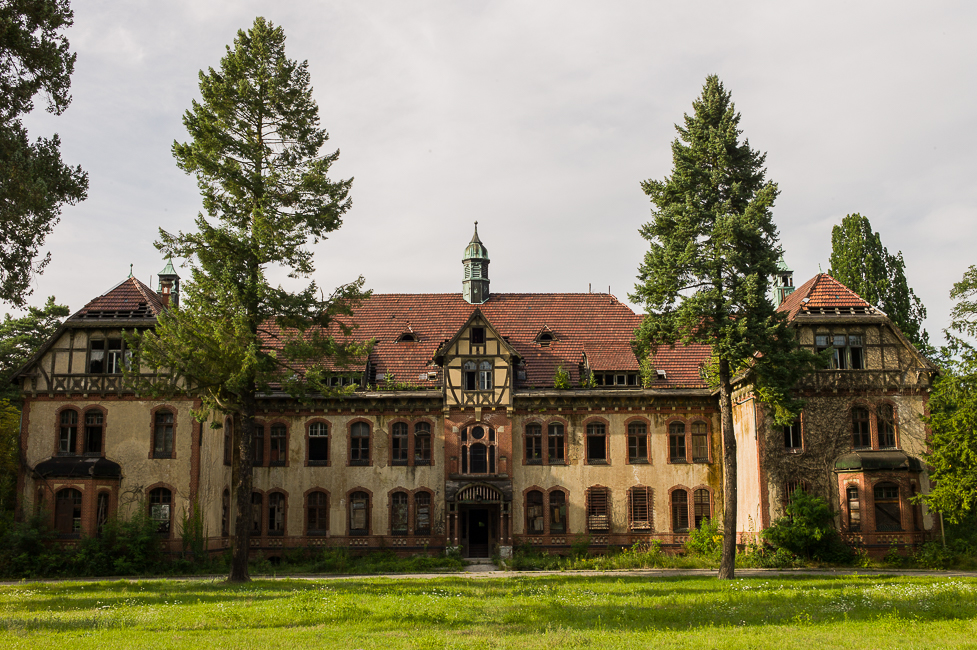

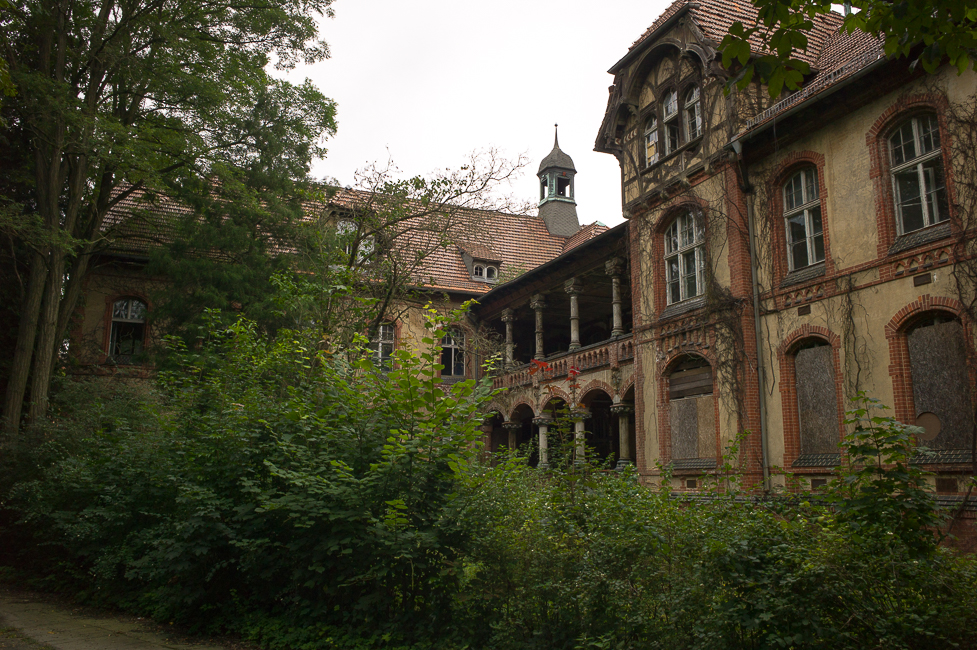
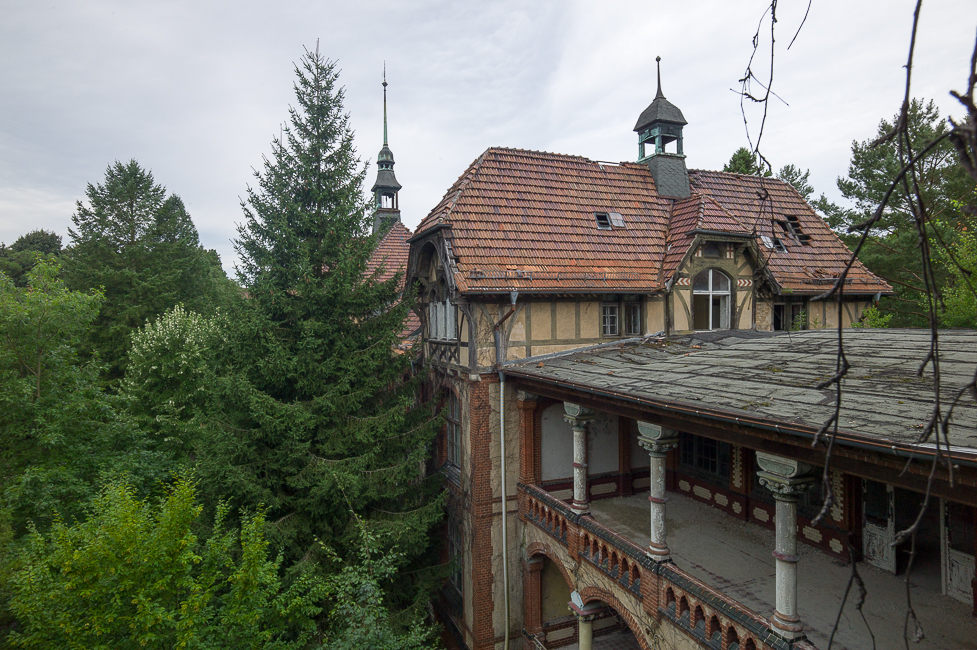
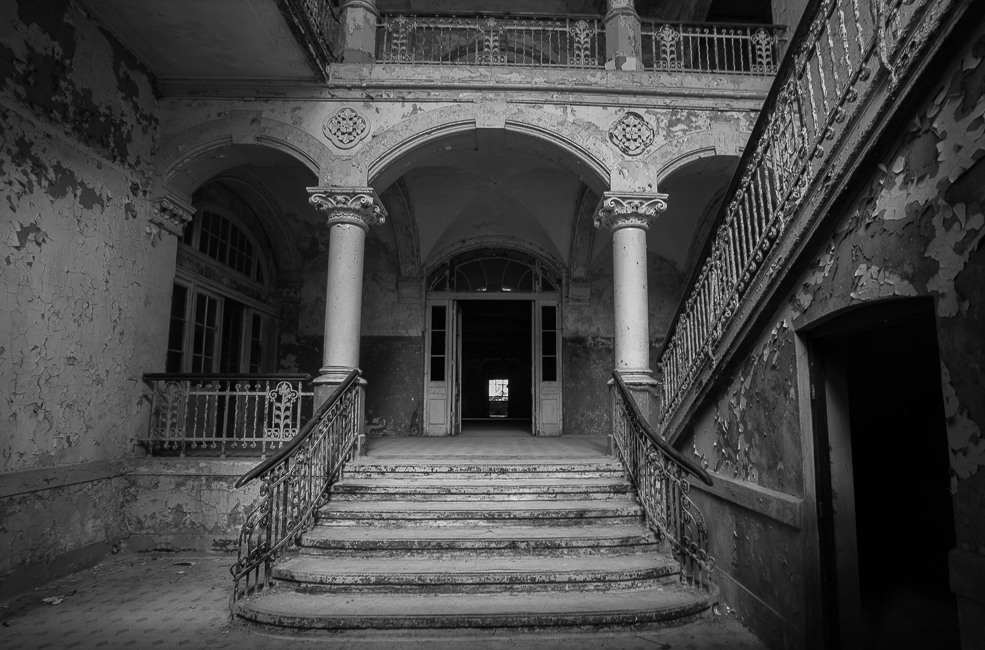

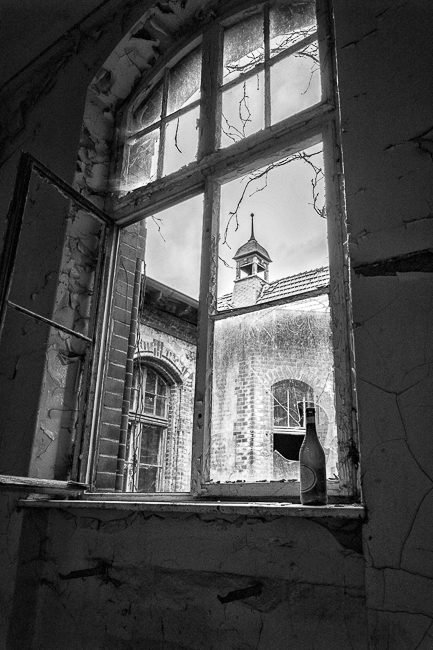

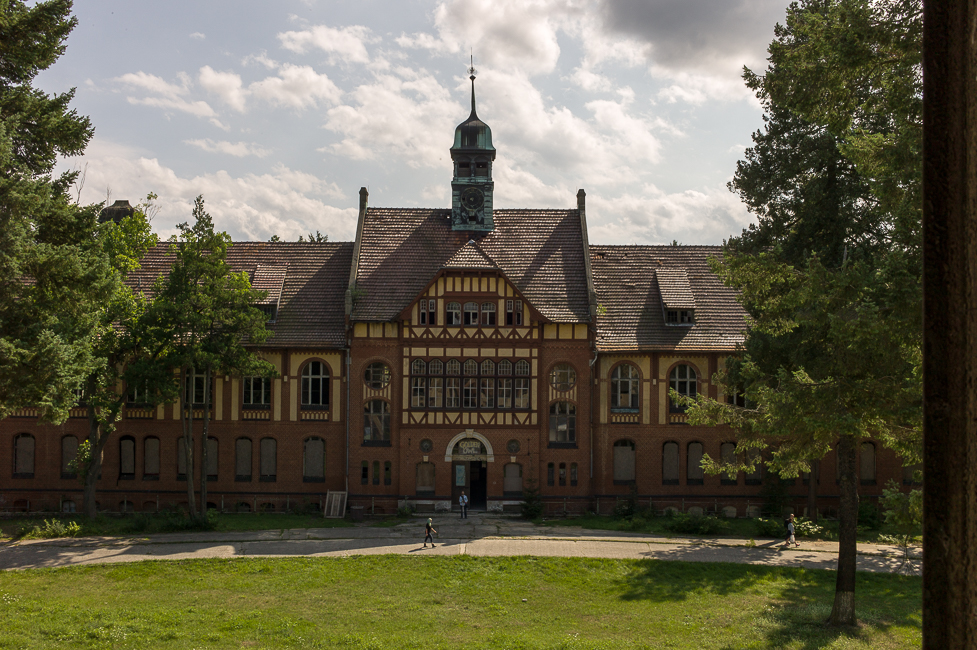

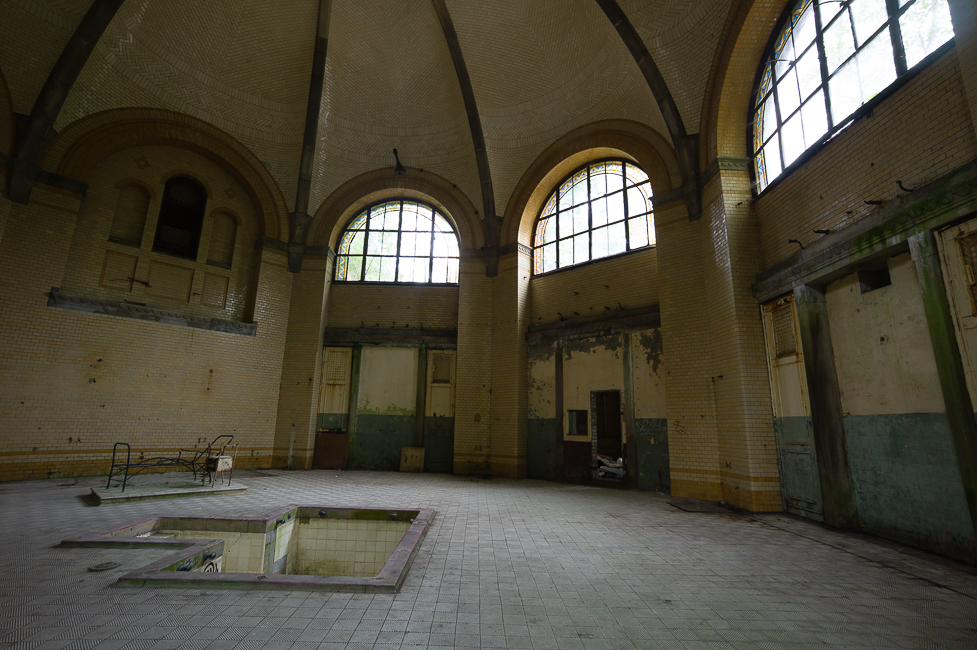


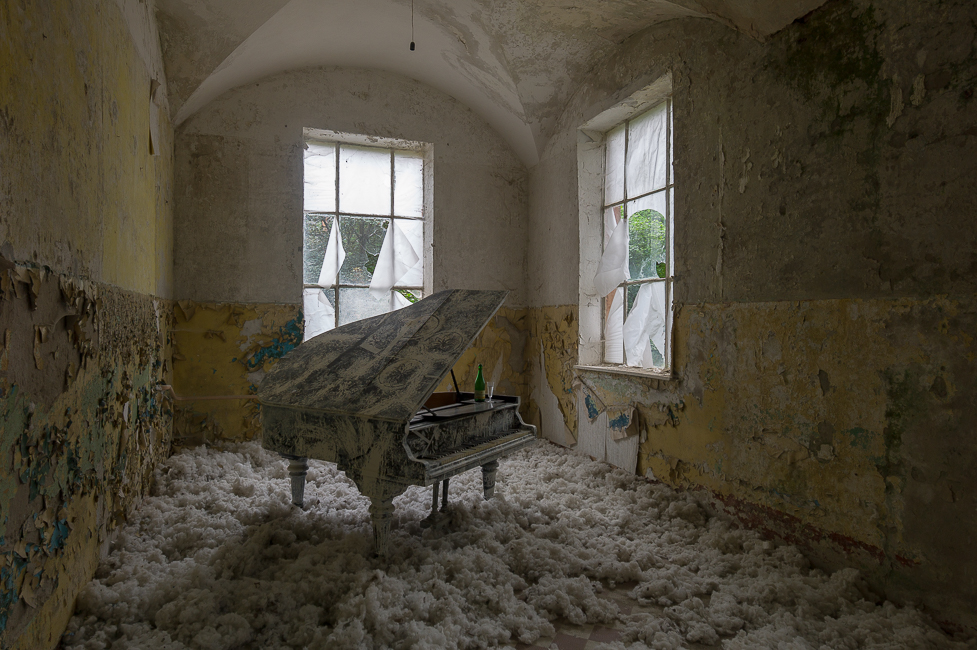







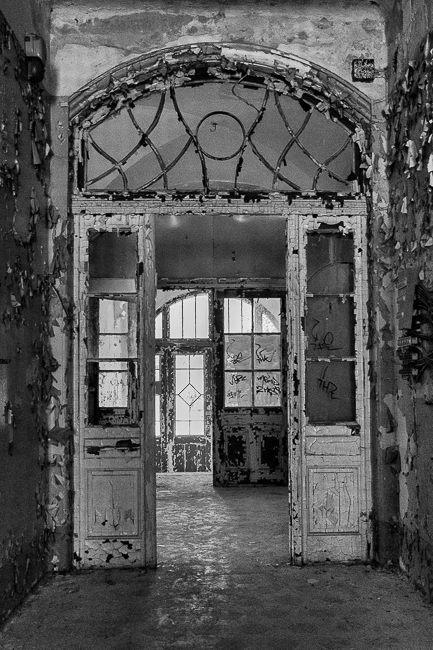
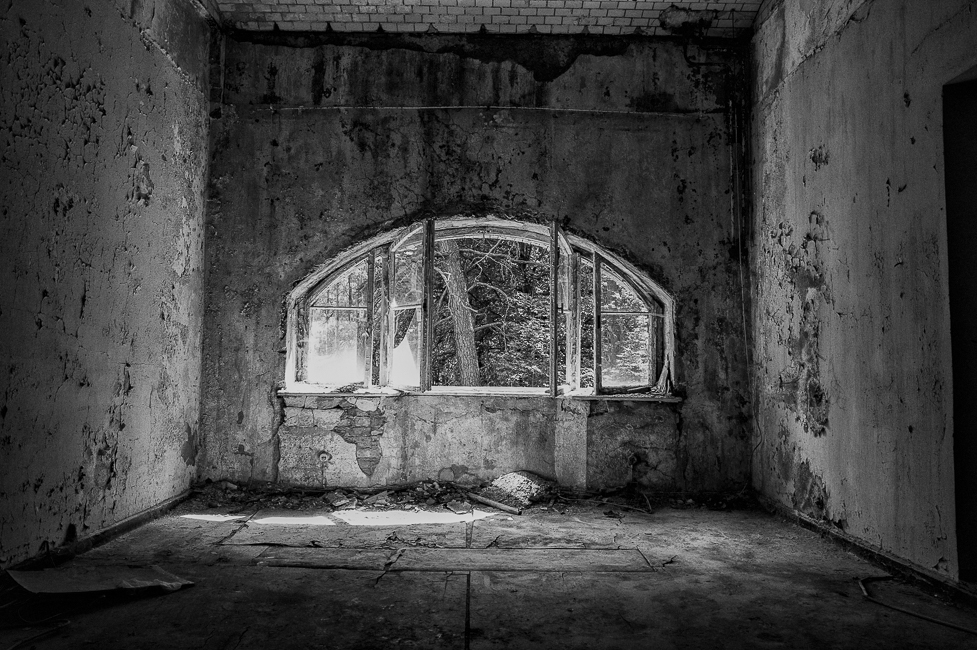
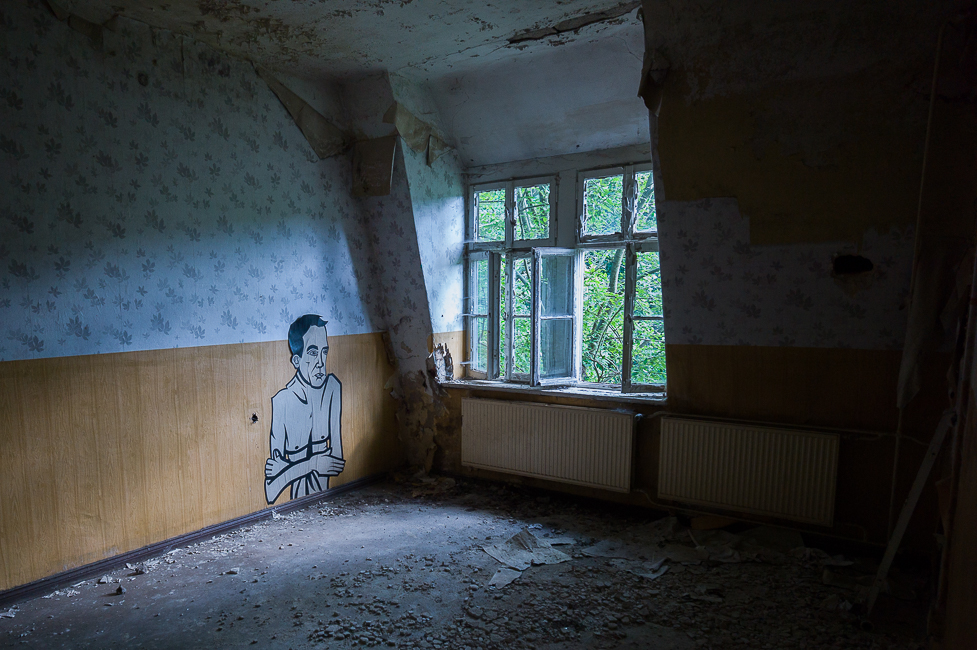
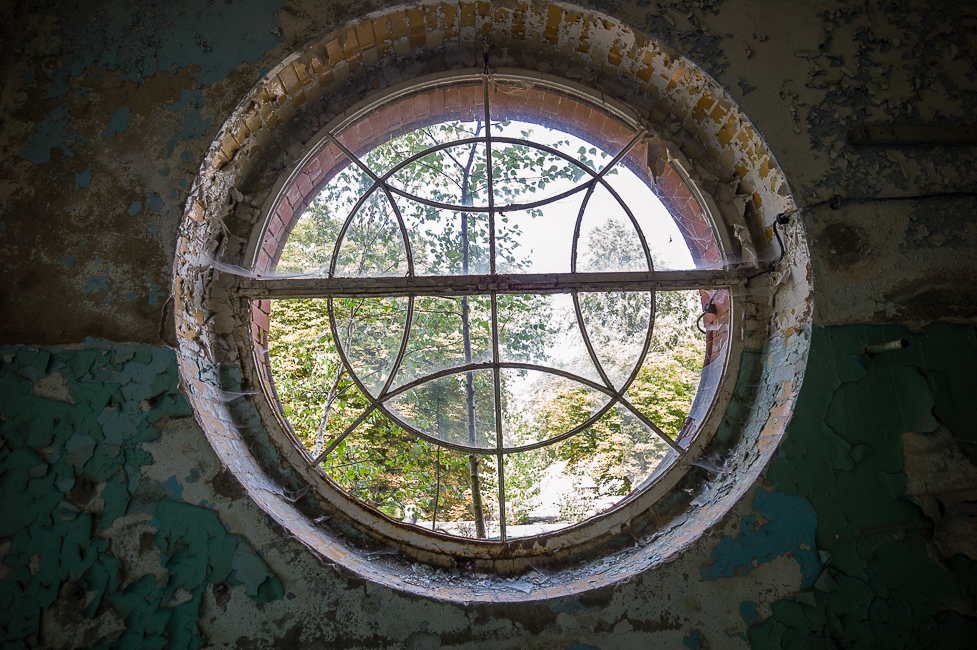

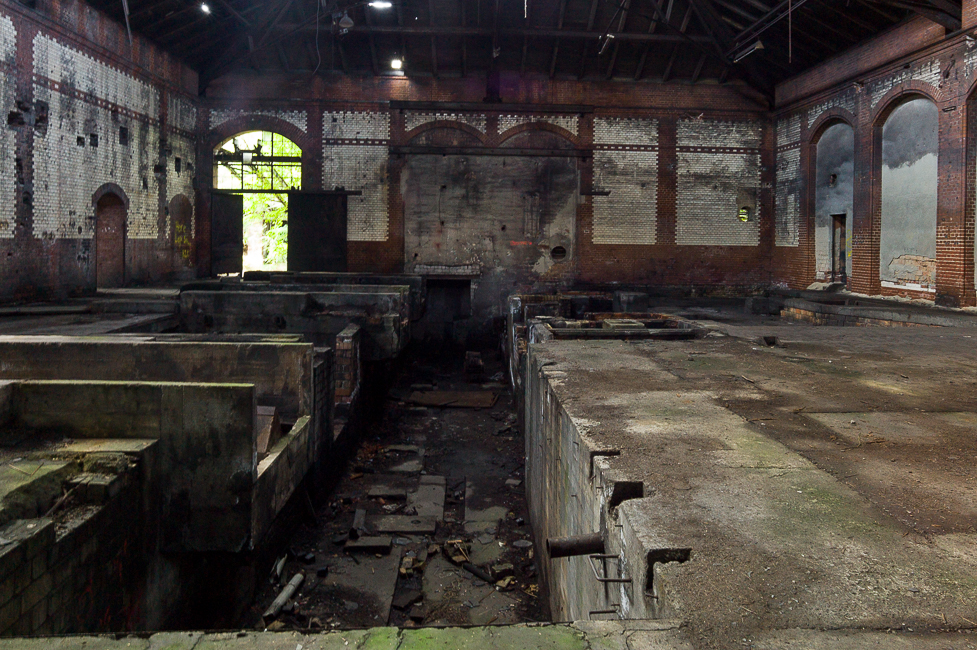
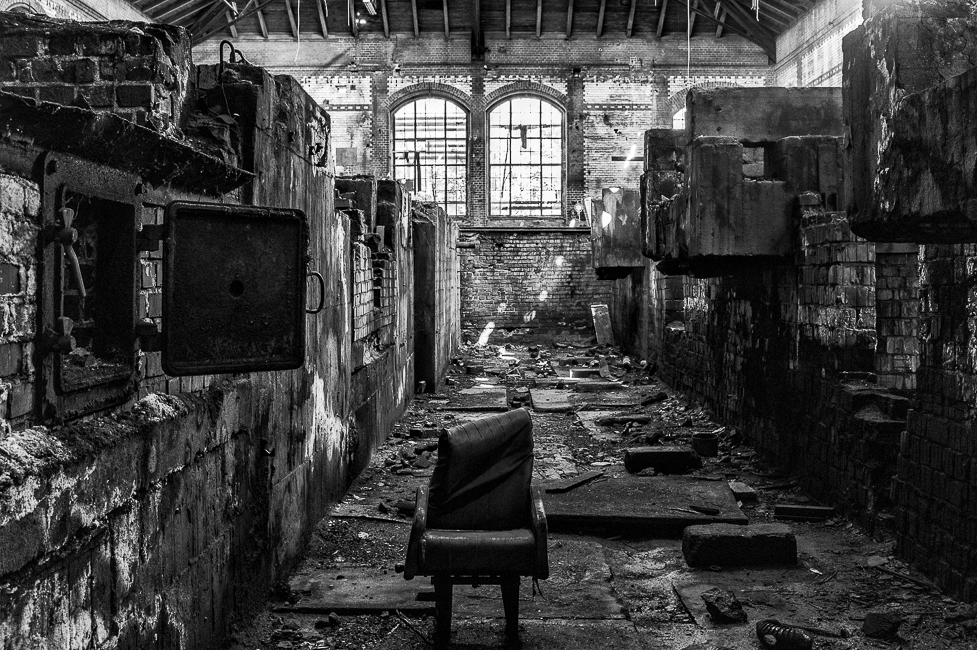

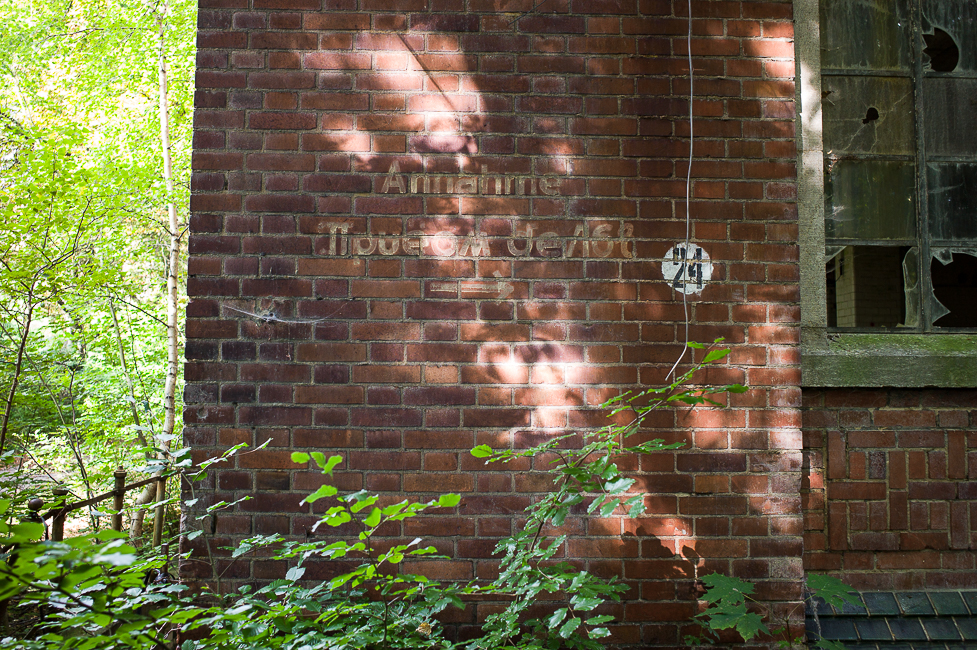
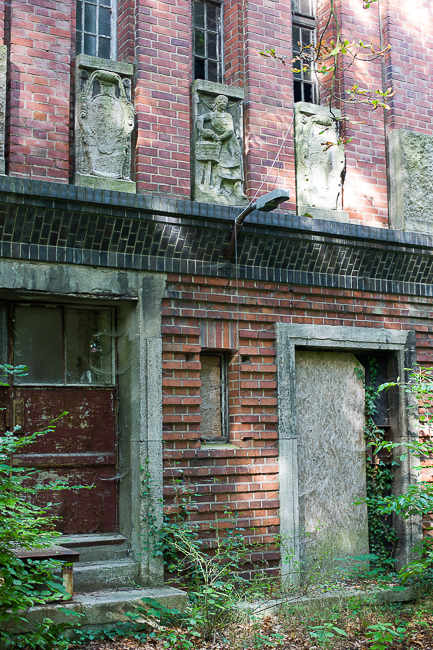
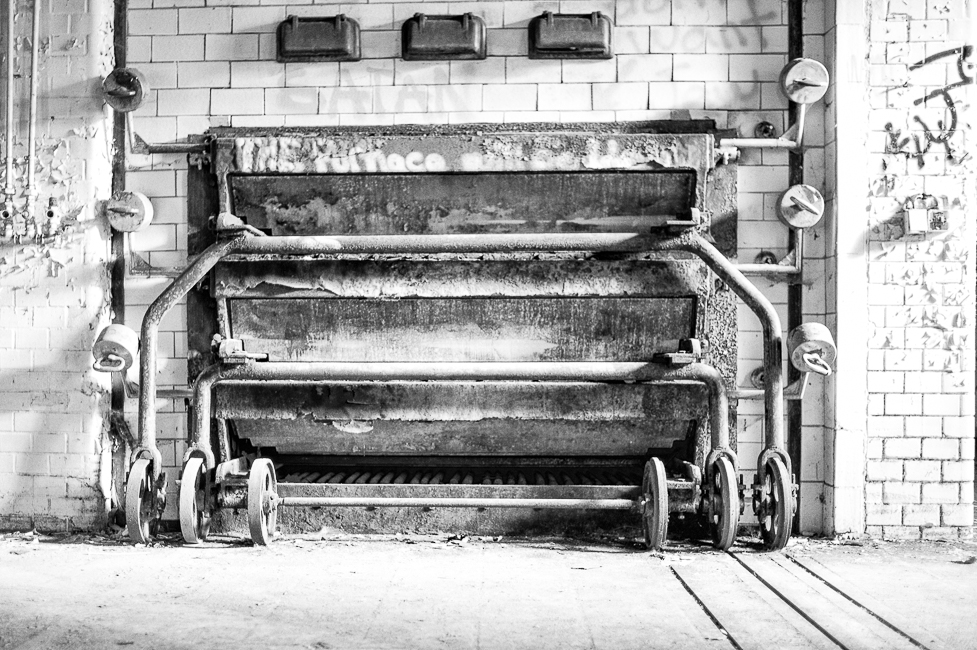
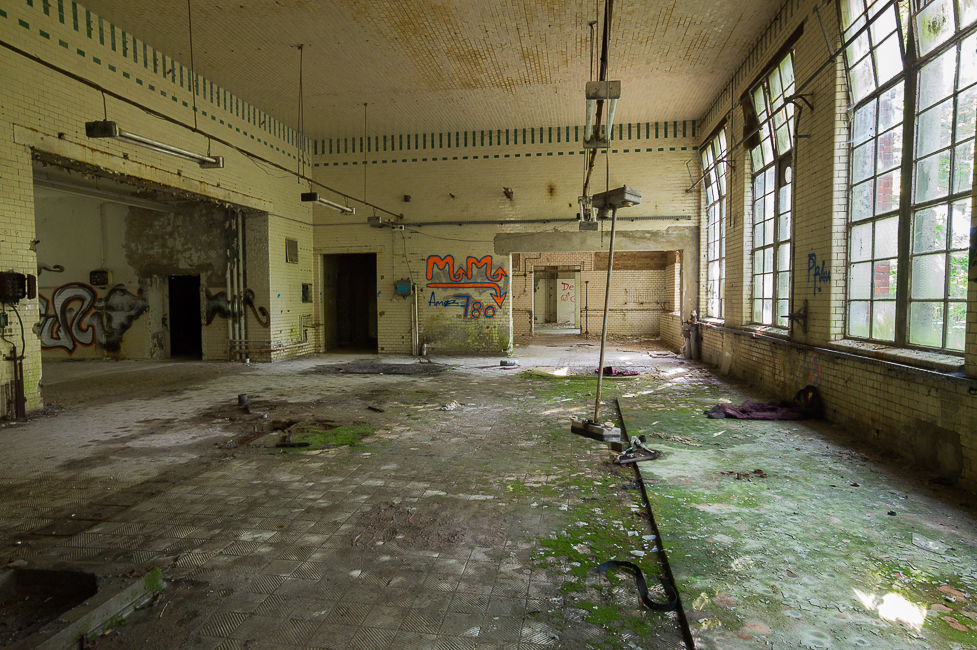

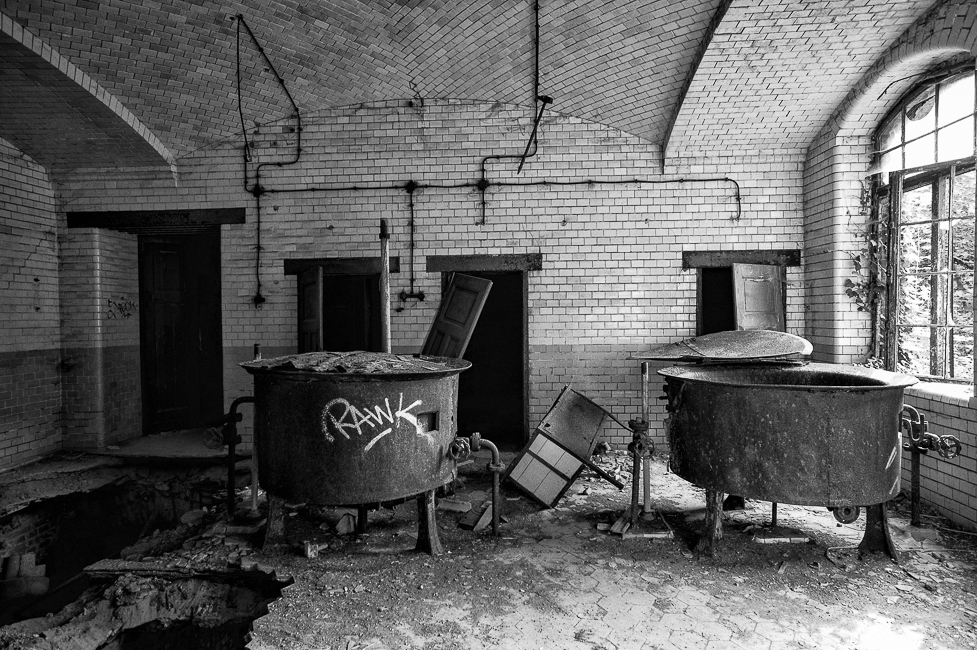

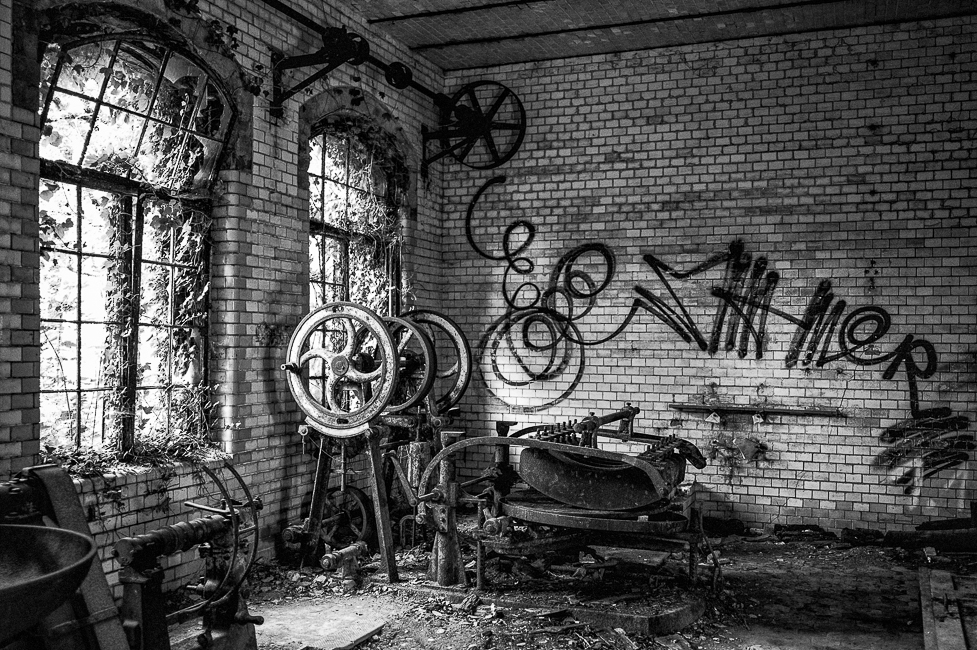
Leave a Reply